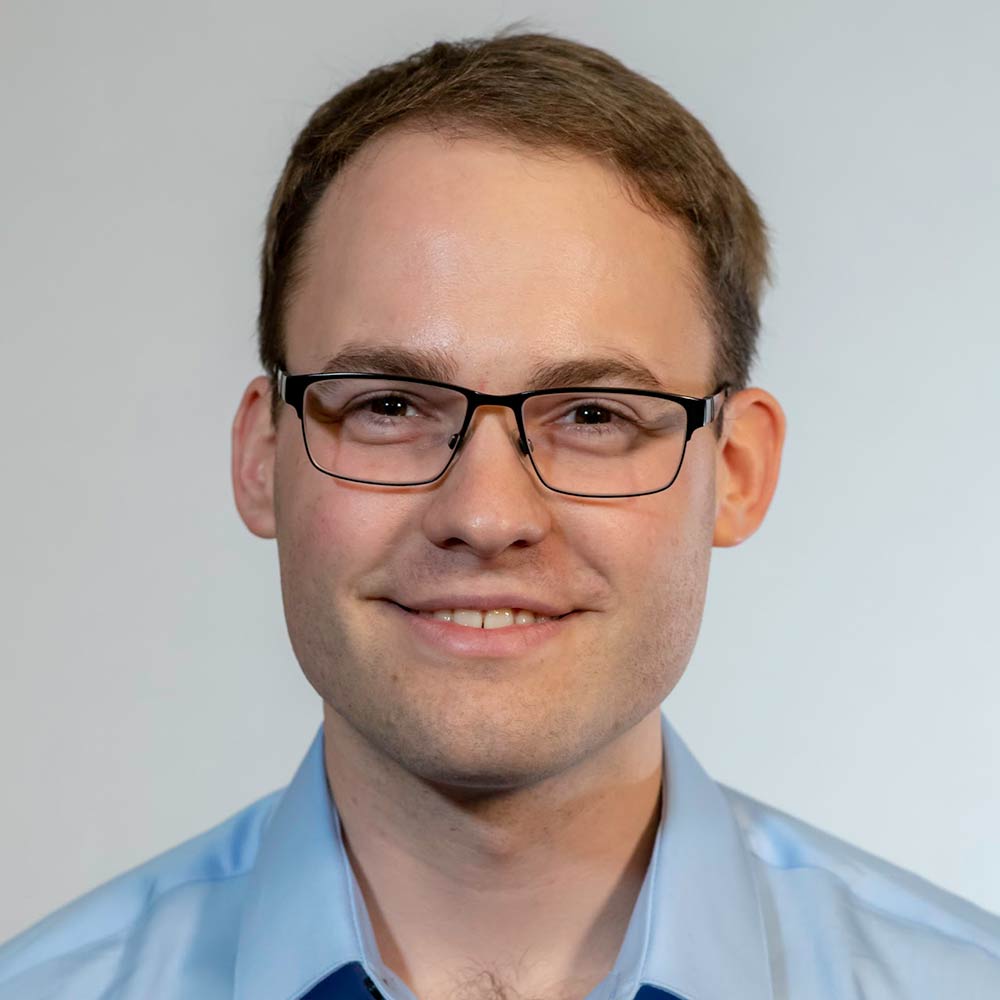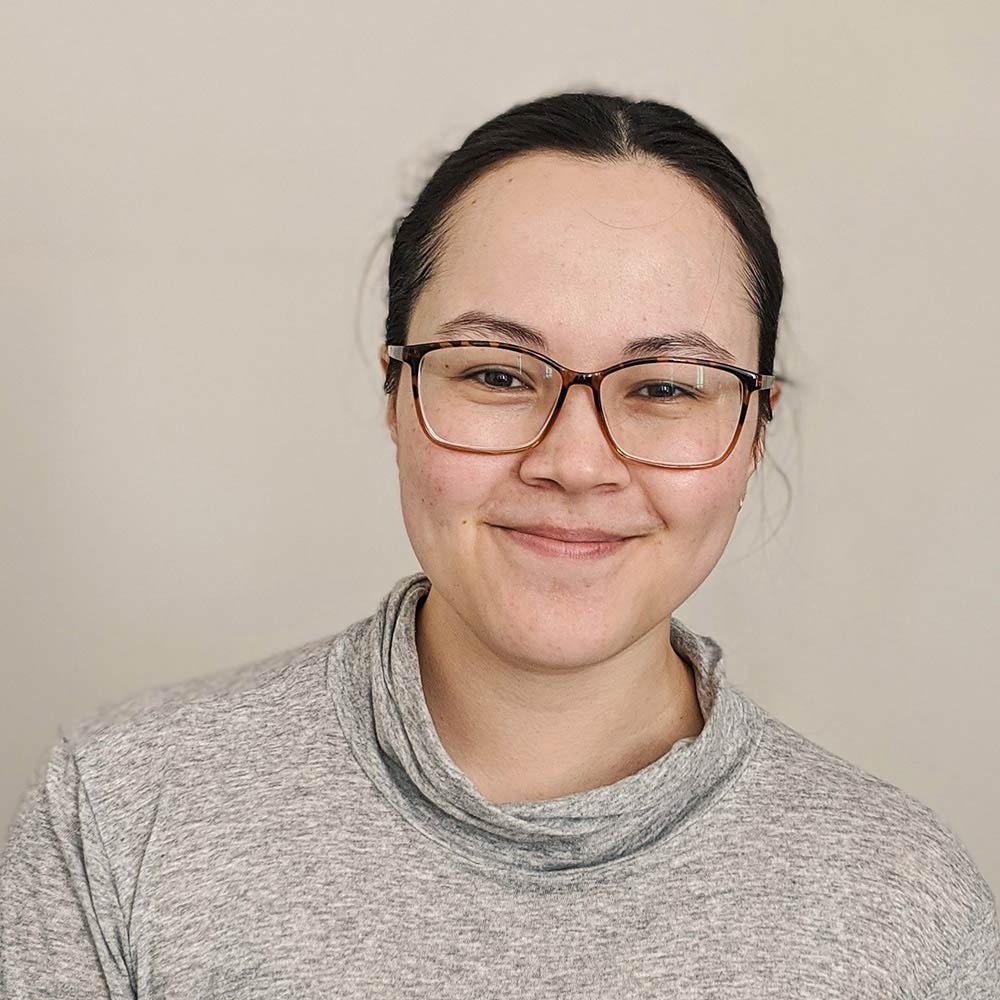Tell us a little bit about your research
My research explores how integrated photonic technology can be used to make quantum sensor devices smaller, while keeping their precision. Quantum sensors are extremely sensitive measurement devices that exploit the properties of atoms to infer information. For example, an atomic clock is a quantum sensor that measures the frequency of an electron transitioning between the energy levels of an atom and uses this to determine a reference for time. Most of these devices make use of a kind of semiconductor laser called an external cavity laser, which is a large macroscopic device that contributes to the large and cumbersome nature of many quantum sensor devices.
My research is looking at how integrated photonics can used to make an external cavity laser in the microscopic scale, essentially creating a highly specialised laser on a chip. Making quantum sensor devices smaller has the potential to increase their functionally and impact. To use the example of an atomic clock, putting a precise optical atomic clock on board GPS satellites could increase the precision of their distance measurements to just centimetres – which could be used to land planes or navigate autonomous vehicles.
What was your career pathway in getting where you are today?
I did a Bachelor of Science and a Master of Science both majoring in Physics at The University of Melbourne. After finishing my masters, I took a break from study for 18 months and worked in medical data management for The Bariatric Surgery Registry at Monash University. I came back to study at RMIT in 2017 to do a Masters in Electronic Engineering with the intention of getting a job after as an Engineer, but I was convinced by my lecturer and project supervisor, Thach, to join the InPAC group to do a PhD instead.
What has been the biggest challenge in your PhD so far?
The biggest challenge so far has been in effectively trying to understand and communicate my research to others in a way that is accessible. As researchers we can get hyper-focused on the details of what we’re doing and forget that we need to be able to understand how our research fits in to the bigger picture. It’s an important skill that’s needed for things like securing grants and funding and for us – as a more engineering-centric group – it’s important for understanding how our research can directly impact people’s lives.
What has been your biggest achievement in your PhD so far?
I think my biggest achievement follows on from my biggest challenge. Now I’m in my second year of my PhD I feel like I’m hitting my stride when it comes to understanding and talking about my research. Figuring out what the impact of my research is and effectively being able to communicate that was like a lightbulb moment for me and has led me to some really great opportunities (that I can’t discuss openly yet!).
Why did you choose to do your PhD at InPAC?
What convinced me to do a PhD with InPAC instead of getting a job as an engineer was being able to do my PhD as an industry collaboration between RMIT and MOGLabs. Being able to work with a company and see how research goes from a university lab to a product that is for sale, is a valuable aspect to doing a PhD for me. InPAC as a group has quite a few industry collaborations, so it’s a great group to join if you have an interest in how research translates to industry.
What advice would you give to other PhD students?
Put your hand up and get involved with things – apply for scholarships, mentoring programs, leadership positions, tutoring and teaching positions. Getting involved with things that are beyond just your work and your research is a great way to meet people and stay sane. It’s also a great way to get the most of your PhD to be as well-rounded as possible, especially if you decide not to pursue academia going forward.
For more updates about Sonya's research, you can connect via LinkedIn.


